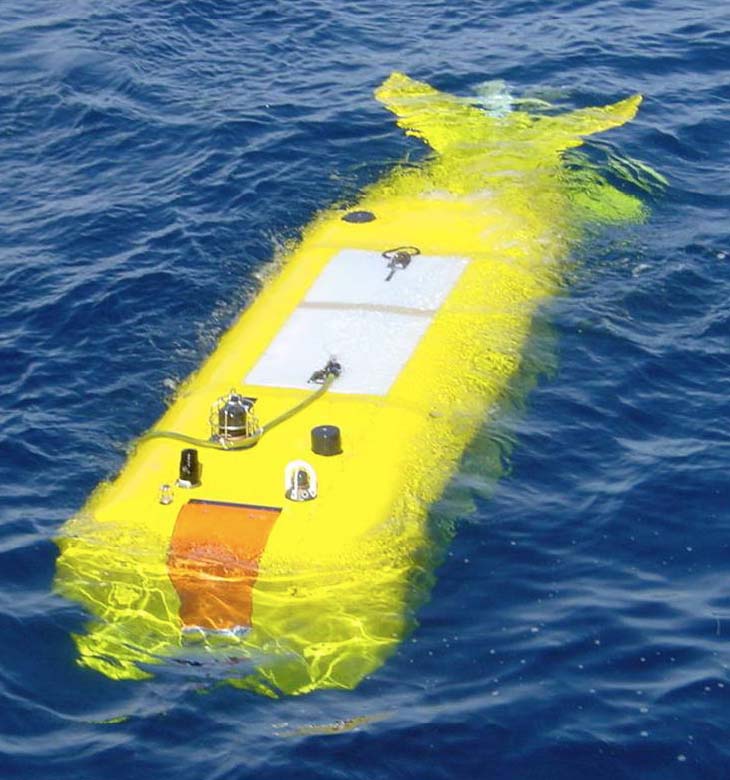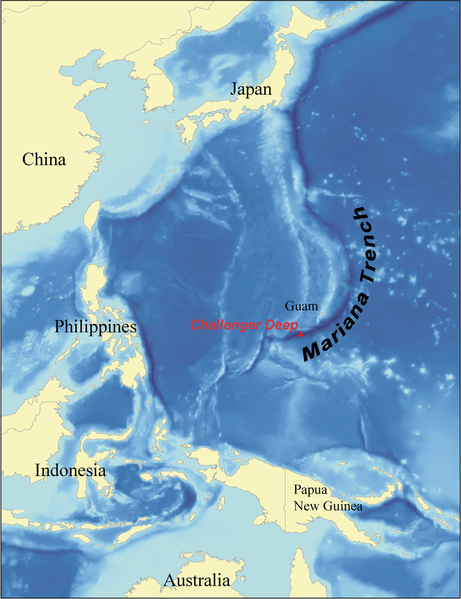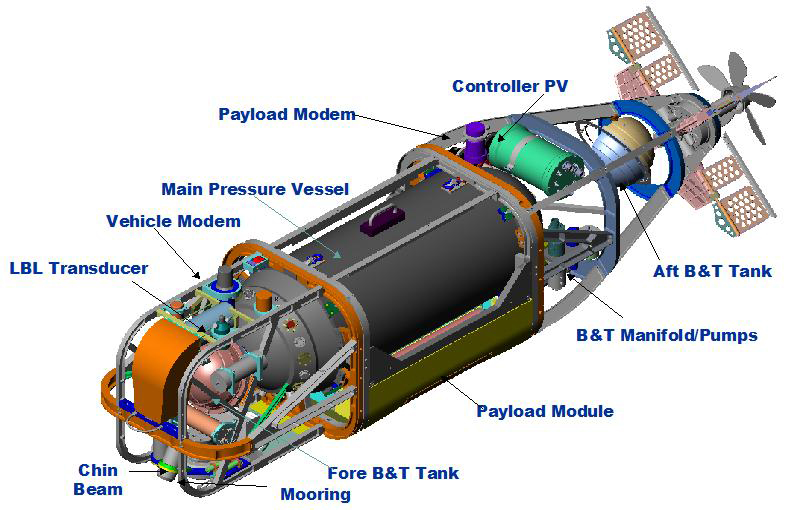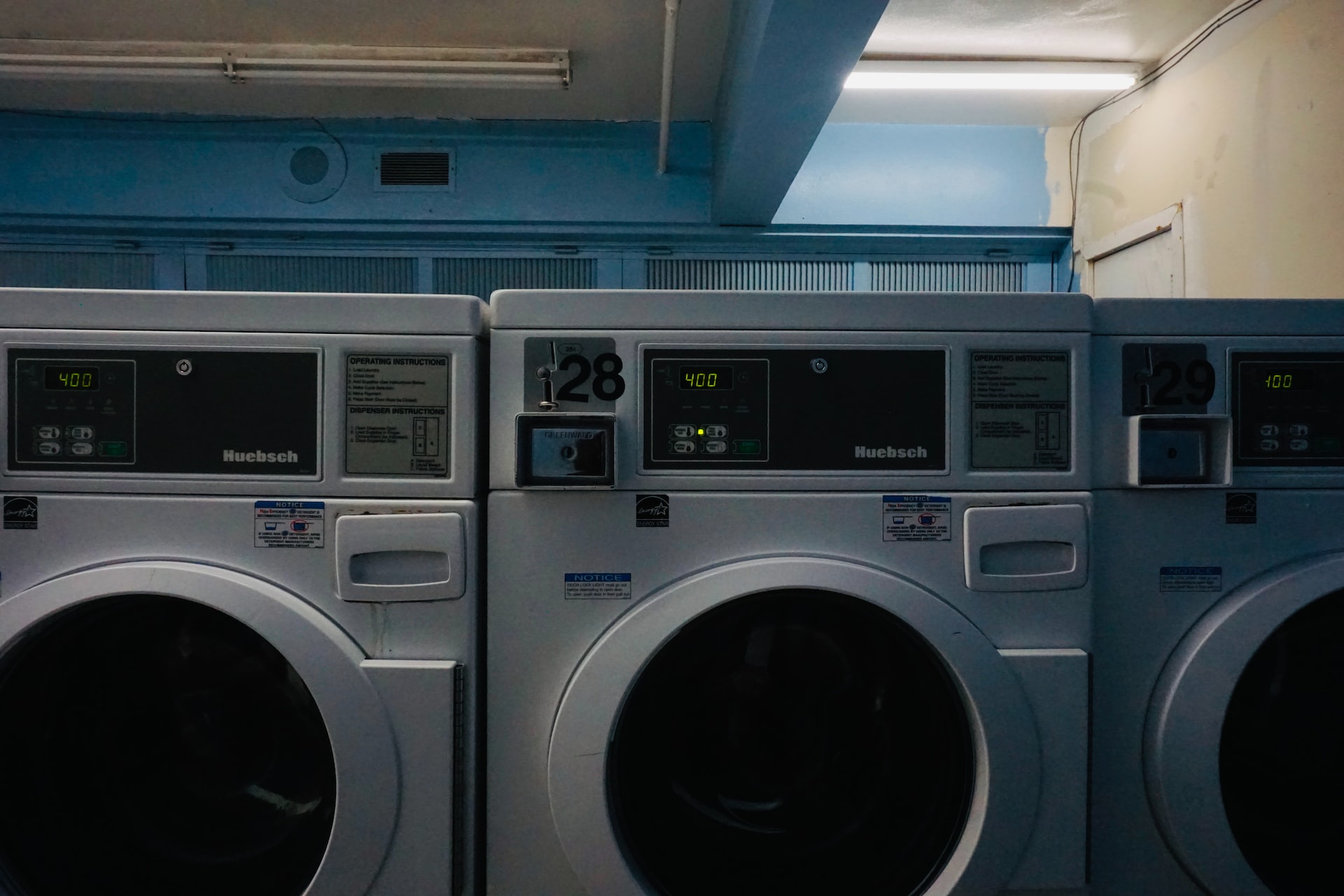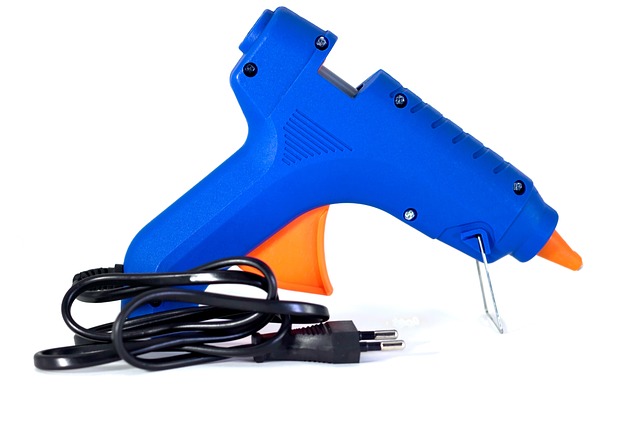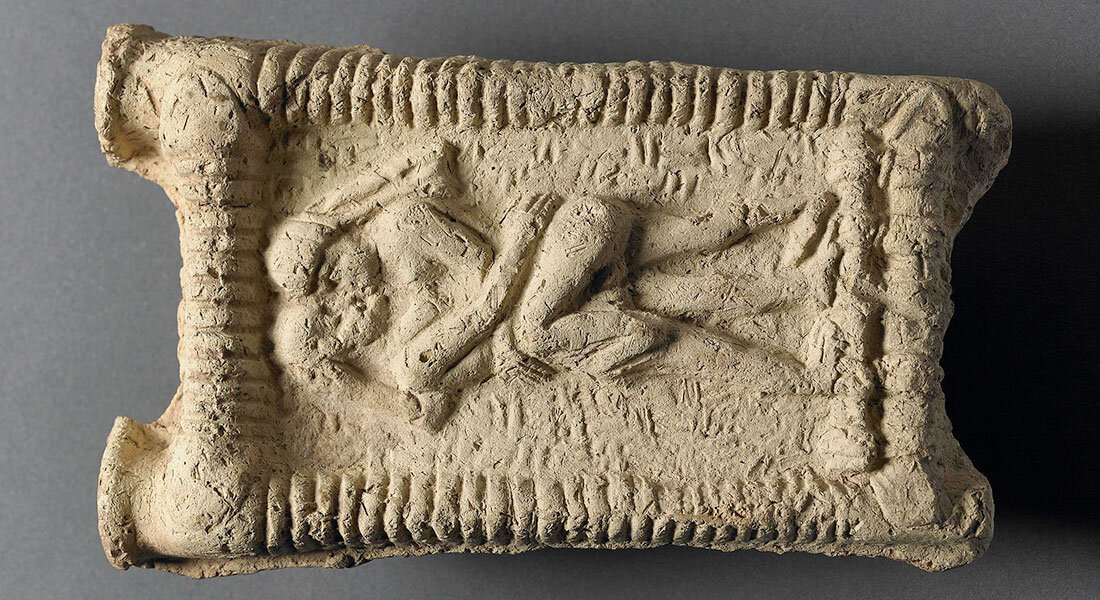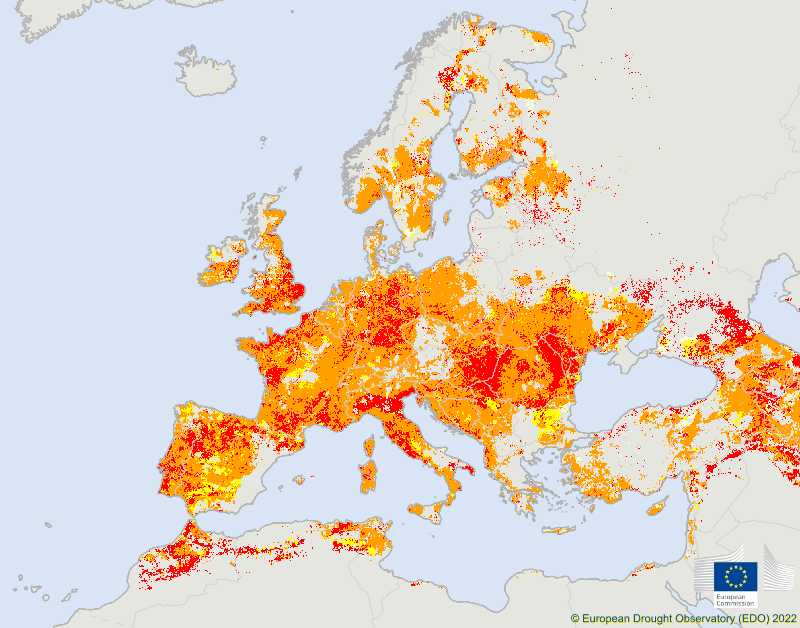According to scientists, 80% to 90% of the world’s oceans are unexplored. Humans may know more about the moon and outer space than oceans just 15 miles off the world’s coastlines.
The Mariana Trench, the deepest part of the world’s oceans and located in the western Pacific Ocean, is more than 30,000 feet (9,144m) deep. It holds life forms humans have never seen before and that may provide medical benefits as occurs in the earth’s bio-diverse regions like the Amazon Rain Forest.
Technical Challenges of Deep Sea Exploration
There are a number of technical challenges in deep-sea exploration: huge pressures that would crush a sub in seconds if it was not built strong enough, radio waves and GPS signals cannot travel through sea water making maneuvering through underwater caverns or over underwater mountain ranges dangerous.
But scientists at Boeing corporation, which built the first underwater vehicle in 1968, are developing new technologies, such as obstacle avoidance, ISR (Intelligence Surveillance Reconnaissance) equipment and underwater video and sound equipment, to name a few.
What Can Be Explored
New underwater AUVs will investigate cracks at the bottom of the ocean floor, volcanic plumes that may be helpful in providing data to geologists to predict earthquakes, for example. With so much ocean yet to be explored, great surprises and rewards await.
A resource for information on AUVs can be found at the Autonomous Undersea Vehicle Application Center, or AUVAC.
Related articles on IndustryTap:
- Satellite Technology Detecting “Sea Mountains”, Mapping Ocean Floors
- Japanese Firm Plans “Ocean Spiral” Housing Under The Sea: “Life Could Be Better, Down Where It’s Wetter… Under The Sea.”
- Insane Ocean Laboratory Needs $48 Million To Become a Reality
- China’s Strategic Return to the Sea Begins with the World’s Deepest Diving Research Vessel
References and related links:

